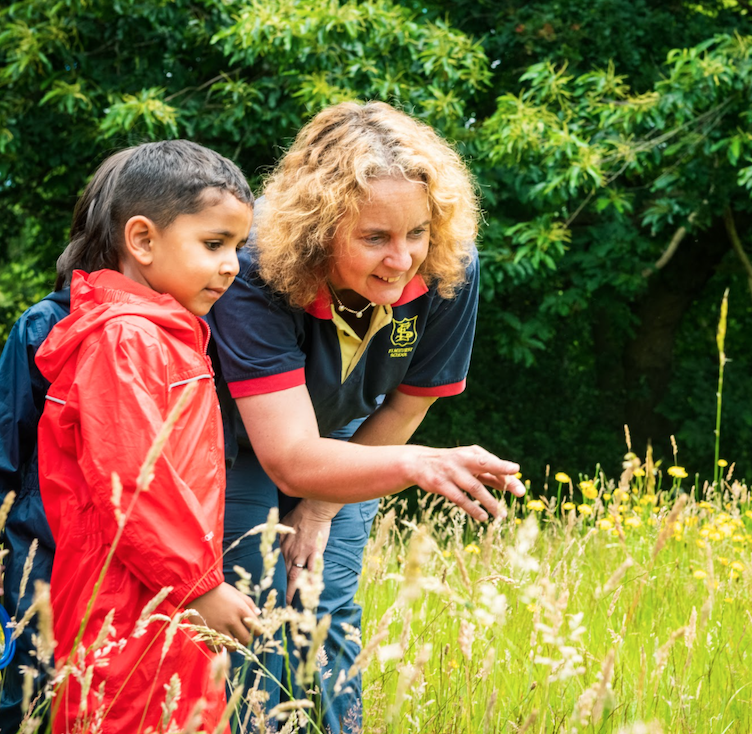Friday 18 June 2021
As summer has truly begun, Tanya Mawanda, Head of Forest School at Elmhurst School for Boys in Croydon, shares her thoughts on the power of getting outside in nature and the benefits for children’s learning and wellbeing.
Now is a wonderful time for you to get outside with your child into nature. I love nothing better after too long indoors than to go out and ‘let off steam’ with my children. We always return feeling refreshed, with our spirits lifted and ready to start a new learning project!
Research about the benefits of being outdoors is far-reaching. Findings from a recent study by Natural England found that people who spend at least 120 minutes in nature a week are significantly more likely to report good health and higher psychological wellbeing than those who don’t visit nature at all during an average week (July 2019).
Why Forest School?
Forest School and outdoor learning develop pupils to be:
- Happy, confident, socially aware and resilient
- Problem solvers who think creatively and critically
- Aware of their own physical and mental wellbeing
- Connected with nature and the benefits of being outdoors
At Elmhurst School, we have been doing ‘Forest School’ for the last eight years. We have been fortunate to be able to see first-hand the benefits of being outside and the positive impacts on children’s physical, mental and emotional health and wellbeing. In a recent survey, 96% of 86 children surveyed at our school said they were happy or extremely happy at Forest School.
The woods really are the best outdoor classroom. 94% also said outdoor learning had helped them understand concepts learnt at school. Multi-sensory, durable learning experiences such as sensory ‘barefoot walks’ have stimulated descriptive writing, and making catapults has helped them understand forces.
The most wonderful thing is giving our children the time and freedom to explore and make up their own ideas. We teach them our ‘Forest School Rules’ and safe use of tools, and nature provides the resources and the backdrop… their creative and critical thinking knows no boundaries.
At this time, where protecting and appreciating our environment is at the forefront of our agenda, Forest School has also given our children an invaluable opportunity to connect with nature. They develop a deep relationship with a wild place and an appreciation of nature, which in turn stimulates a curiosity and care for the environment.
‘Not another walk,’ I hear you cry! A walk does not have to just be a walk though – there is a whole world waiting for you and your child to discover. Enjoy!
Top tips for a different kind of walk
- When you are on your walk, take a moment to stop and spend some time playing in one place. Relax yourself. Let your child be led by their own curiosity, follow what they are doing and see what happens!
- Ask your child to find their own ‘poking stick’ and let them poke around. Sticks have an amazing ability to take on new and wonderful qualities when in the hands of a child.
- Take a soft toy into the woods. While your child is accompanied by another adult, hide it from your child and then go on a ‘bear hunt’ together. Where could you go on the way? Change the lines of the rhyme to suit your adventure.
For more on Elmhurst School for Boys, visit the school’s profile page.

